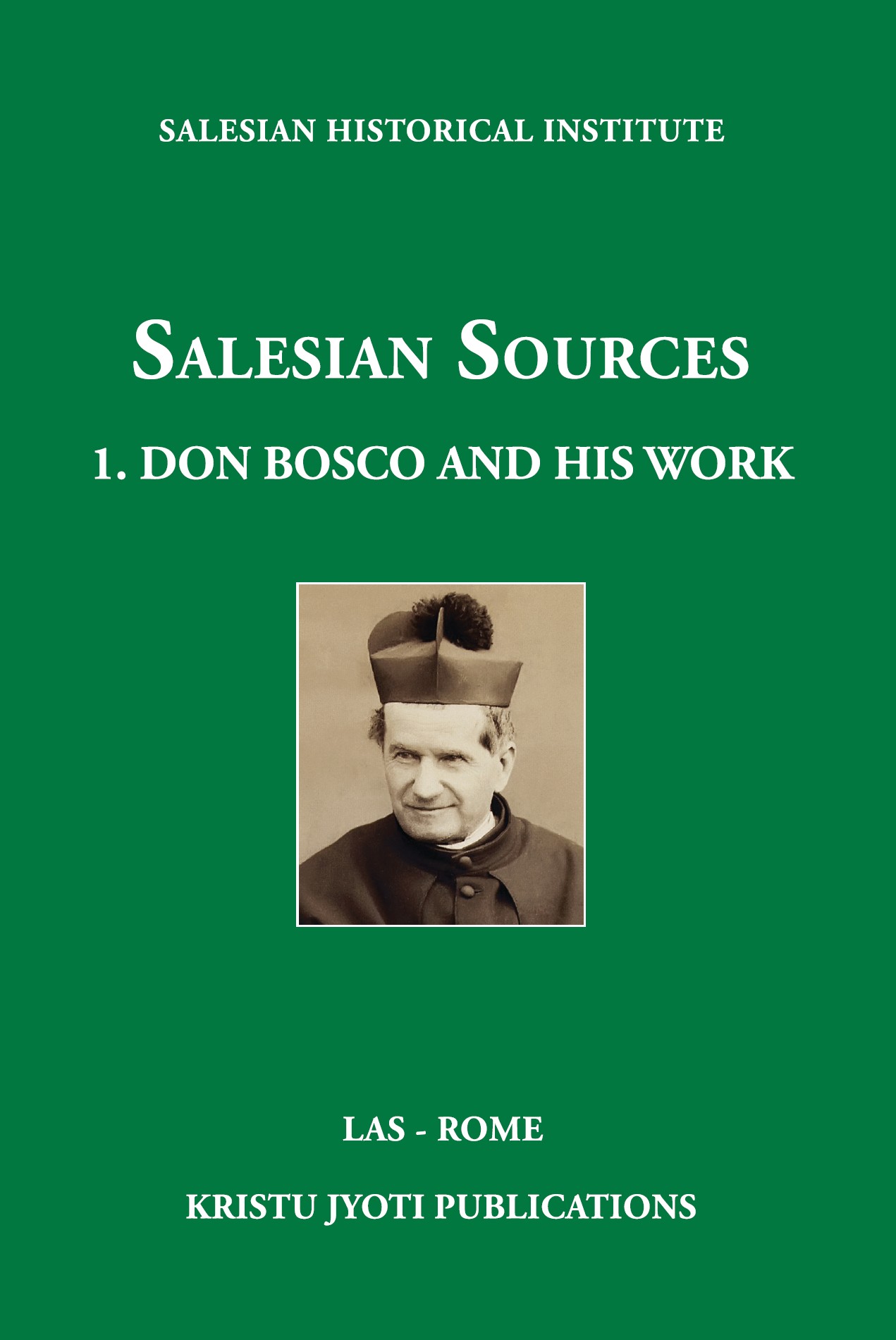Amongst the documents drawn up by the third (1883) and fourth (1886) General Chapter of the Salesian Congregation – which the founder also took part in – of particular merit is the new Regulations for the festive oratories and deliberations regarding Orientations for the working boys in Salesian houses. The two documents were published, as already recorded, in 1887.
The contents of the Regulations, formulated in the ten short articles it comprises, offer many and marked differences compared with the almost 270 articles of the broader and systematic Regulations of the Oratory of St Frances de Sales for non-residents, found in the earlier pages. It is enough to point to one: of the thirteen roles or responsibilities—with their respective duties—proposed in the 1877 Regulations, the new version in 1887 only has two: the Director of the
House and another priest, responsible for the oratory.
Such simplification of the organisation however does not mean that the importance of oratory activity has diminished in Don Bosco’s thinking and experience. In fact the 1883 General Chapter gave this rule at the same time: in all places where there is a Salesian house there will be a festive oratory to be considered as “the most important work”; the Salesians, priests and lay, are called to cooperate in its smooth running, regarding it as the “single prospect for salvation” for many boys.
In the third General Chapter in1883 the agenda for the first time contained a theme regarding the “worker’s side of Salesian houses”, then studied further in the fourth (1886).
In the manuscripts preserved in the Salesian Central Archives we find no handwritten interventions by Don Bosco, president of the Assembly. The draft of the last two stages in drawing up the document shows traces of some of the more outstanding chapter members: Luigi Nai, Michele Rua, Giovanni Marenco, Giulio Barberis, amongst others.
In this regard, Eugene Ceria writes: “Don Bosco in 1886, a little more than a year before his death, called together and presided at the fourth General Chapter in which they aired improvements to be introduced amongst the working boys. A range of norms resulted, few but fundamental ones drawn up under Don Bosco’s gaze and communicated to the houses by him. They are almost a brief charter of Salesian vocational centres for every time and place.”
The “important norms” of 1887 were a relevant step in transforming the early trade workshops at Valdocco into schools of arts and trades.
The variations between the critical text of the final document of the fourth General Chapter and the one printed in 1887 are few, and in general more of a stylistic or formal nature. Only in a couple of cases is it considered appropriate to signal the modifications introduced by a footnote.
Reference time period: 1883 – 1886
G. Bosco, “Deliberations of the last General Chapters Don Bosco presided over (1883-1886)” in “Section three. Regulations and programmes” in “Part two. Writing and testimonies of Don Bosco on education and schooling” , by José Manuel Prellezo in “Salesian Sources 1. Don Bosco and his work. Collected Works”, LAS – Kristu Jyoti, Rome – Bangalore 2017, 677-684.
Reference institution:
Istituto Storico Salesiano
